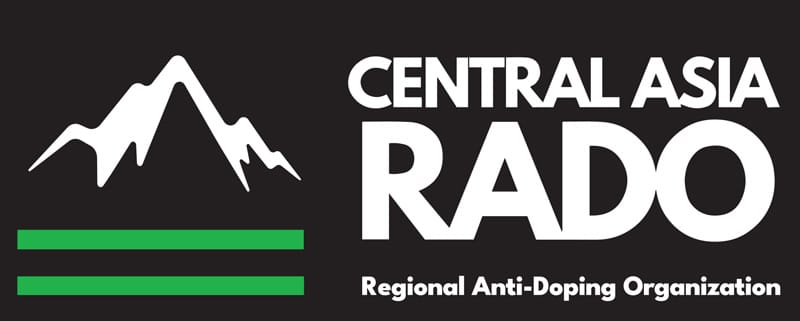The World Anti-Doping Code (Code) is the core document that harmonizes anti-doping policies, rules and regulations within sport organizations and among public authorities around the world. It works in conjunction with eight International Standards which aim to foster consistency among anti-doping organizations in various areas.
These Standards are:
- Code Compliance by Signatories
- Education
- Prohibited List
- Therapeutic Use Exemptions (TUEs)
- Testing and Investigations
- Laboratories
- Results Management
- Protection of Privacy and Personal Information
Guidelines
Guidelines provide Signatories with recommended practices for several aspects of anti-doping. These Guidelines are not mandatory, but offer technical guidance to ADOs in the implementation of programs. As with the Code and the International Standards. under the World Anti-Doping Program, the Guidelines are subject to ongoing review and reassessment.
WADA encourages feedback on the content of the Guidelines, and recommends that stakeholders always consult this Web site for the latest version.
- Guidelines for Education
- Guidelines for Results Management
- Guidelines for Therapeutic Use Exemptions (TUEs)
- Guidelines for Privacy
- Guidelines for Sample Collection
- Guidelines for Gathering Information and Sharing Intelligence
- Guidelines for Implementing an Effective Testing Program
- Guidelines for Sample Collection Personnel
- Laboratory Guidelines: Human Growth Hormone (hGH) Biomarkers Test
- Laboratory Guidelines: TUE Enquiries by Accredited Laboratories
- Laboratory Guidelines: Conducting and Reporting Subcontracted Analysis and Further Analysis for Doping Control
- Laboratory Guidelines: Gene Doping Detection based on Polymerase Chain Reaction (PCR)


